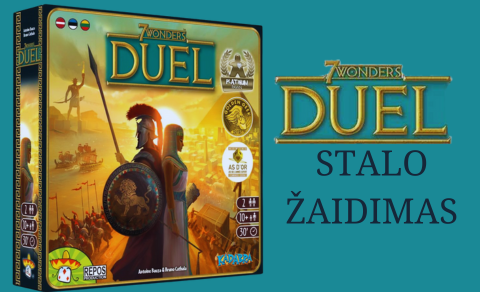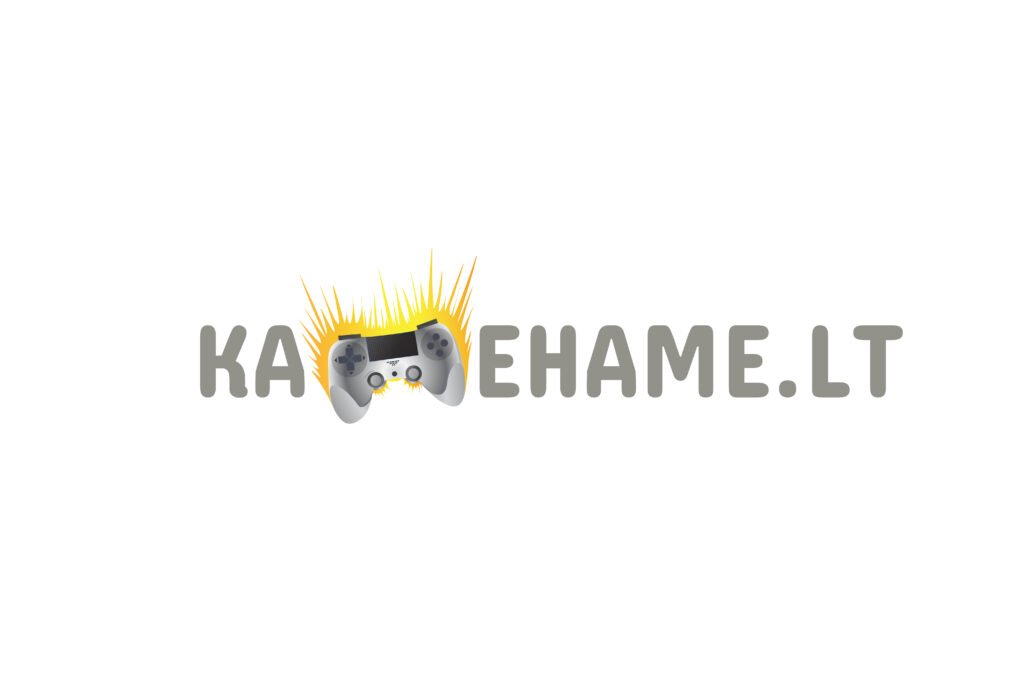When normal card games we get fed up, we pick up our Uno cards. Uno's rules are very simple, but they add a touch of excitement to the game that makes the desire to win even stronger. Try it out and see for yourself!
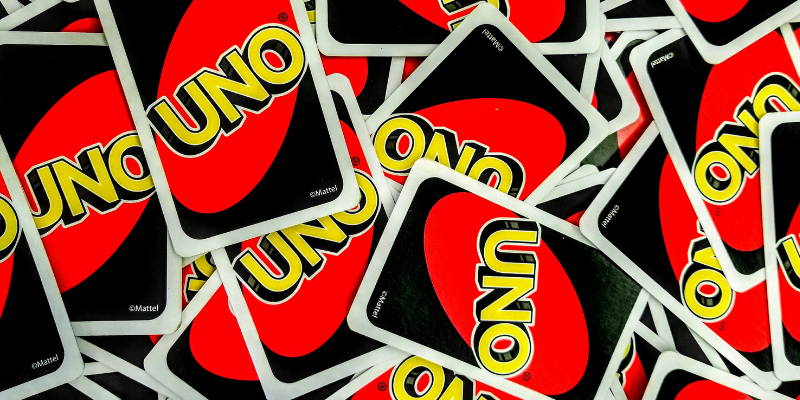
Other family games
Time with family is precious to everyone, especially children. If you have played UNO games together (for example UNO FLIP) and want to try something new, here are some more interesting games.
Takenoko - The game is full of different coloured figures (bamboo, irrigation canals, gardener, panda). These are the figures that first interest children. And then you do all the tasks, feeding the panda, growing the bamboo, irrigating the fields, etc. And then there's the rolling of the dice and the weather conditions it indicates. There are plenty of activities for young and old alike.
Game set
108 playing cards:
- Blue cards (19), numbered from 0 to 9;
- Green cards (19), numbered from 0 to 9;
- Red cards (19), numbered from 0 to 9;
- Yellow cards (19), numbered from 0 to 9;
- 8 Uno cards, called "Draw Two Cards". Two of each suit;
- 8 Uno cards called "Changing the direction of the game". Two of each suit;
- 8 Uno cards, called "Miss a Turn". Two of each suit;
- 4 special colour-changing cards;
- 4 special colour-changing cards called "Draw Four".

Frequently asked questions
❓Multiplayer UNO?
Play Uno from 2 to 10 people.
❓ At what age is UNO recommended?
According to the original UNO rules, the game is recommended to play from 7 years old. With the action cards removed, younger children can play. It all depends on whether the younger child is able to explain what he/she has to do in the game.
The aim of the game
The game is played in rounds. You never know how many there will be. The winner of the round is the first player to get rid of all his cards. Then points counted for the cards remaining in the opponents' hands and are credited to the winner's account. The first player to score 500 points wins the whole game.
Uno rules
Preparing for the game
- Players draw one card each. The player who draws the highest number becomes the SHARER. He/she will have to make 2-4 preparations.
- The cards are shuffled and each player is dealt a 7.
- The remaining cards are placed in a FOLDING deck, which is placed face down on the table.
- The top card of the TRADE deck is turned face up and placed next to it. (The other face-up cards will need to be placed on top of it later to complete the DROPPED deck.)

Game progress
The player to the left of the dealer starts the game.
During your turn, you must place one card on top of the discard deck. It is important that the card at the top of the deck and the card placed by the player match each other. Matching can be done with colours, numbers or symbols. Symbols are the pictures on the action cards.
If a player does not have the required card, he draws one card from the top of the TRAFFIC deck. If a matching card is drawn, it may be placed immediately on top of the discard pile. If no matching card is drawn, the player must keep the card drawn and his turn ends.
A player has the right not to play a card in his hand if he thinks it will be useful in the future. In this case, he/she takes one card from the top of the TRAINING deck. He may now use the drawn card or he may not use it and end his turn.
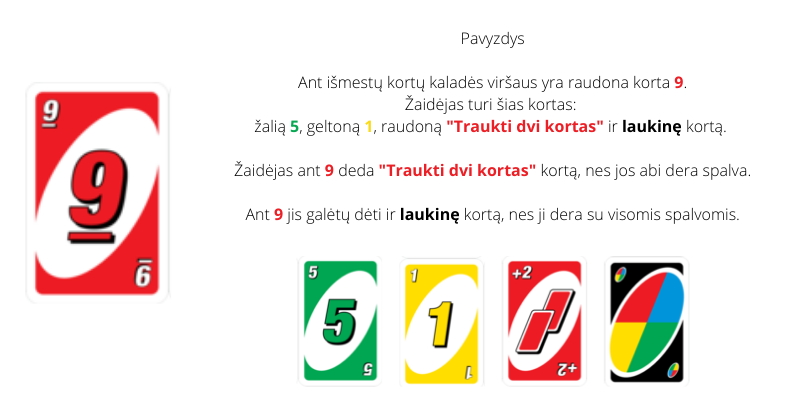
Action Cards
When a player places an action card on top of the EXCHANGE deck, then he or the person playing after him must do what is on the card.
"Draw two cards"

- Who does the action: other player
- Meaning of the card: the player must draw two cards and miss a turn.
- If the card is drawn at the start of the game: the same rule applies.
- Coordination of the card: It can be combined with others by colour or by the "Draw two cards" symbol.
"Changing the game"
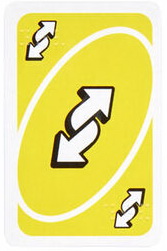
- Who does the action: no one.
- Meaning of the card: When this card is drawn, the direction of play changes. If the game was previously played clockwise, it will now be played counter-clockwise.
- If the card is drawn at the start of the game: the dealer plays first.
- Coordination of the card: it is matched by colour or by the symbol "Changing the direction of play"
"Miss a move"

- Who does the action: other player
- Meaning of the card: the player misses a turn.
- If the card is drawn at the start of the game: the player to the left of the dealer misses the turn.
- Coordination of the card: matched by colour or 'skip move' symbol
Special "Wild Card"
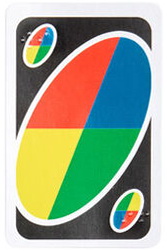
- Who does the action: whoever places this card on top of the discard deck
- Meaning of the card: the player can choose any colour they want, which will continue the game. This card can be used even if the player has another card that matches the top card of the EXCLUDED deck.
- If the card is drawn at the start of the game: the player to the left of the dealer chooses the desired colour.
- Coordination of the card: this card can be played at any time during your turn (except when you have to skip a turn).
Special Wild "Draw Four Cards" card

- Who does the action: the person playing at the time + the person playing after him
- Meaning of the card: the player who discarded the card chooses the desired colour. The person playing after him must take 4 cards from the top of the TRAFFIC deck and then skips a turn.
- If the card is drawn at the start of the game: Place it in the middle of the deck and then draw another card.
- Coordination of the card: It can be placed on any colour or number. Important!! This card cannot be discarded if the player has a card that is of the same suit as the top card of the discard deck. Matching numbers and symbols is not affected.
❗❗❗❗ Sometimes a player who has to follow the instructions of the wild card "Draw Four" suspects that he has discarded the card unfairly. In this case, he may challenge the player who discarded the wild card. (A dishonest discard is when a player has another card of a matching suit in his hand.) The challenged player must show his cards. If he has actually discarded the wild card unfairly, then he has to take four cards himself. Otherwise (when there has been no foul play), the player who challenged must take the extra cards. In total, he then has to take 4+2 cards.
End of round
The player holding one card must call UNO. This means that he has one card left and the round may end soon. But if a player forgets to shout and the other person notices (before the other player's turn has started), then the player who forgot to say UNO must draw two cards.
When a player is out of cards, the round is over and points are scored.
If a player discards any of the following cards during the last action: "Draw two cards" or "Draw four cards", then the other player has to perform the specified action and only then can the scoring begin.
When there are no cards left in the SHRINKING deck, the cards from the DROPPED deck are shuffled and used for further play.
End of game
The first player to score 500 points wins.
If the Uno rules are not yet fully clear, we suggest you take a look at how the game is played in real life. Video in English.
Scoring according to the original Uno rules
The first person to get rid of their cards is declared the winner of the round. He then takes all his opponents' cards and counts the points for them.
- Cards with numbers (0-9) - as many points as the number written on the card;
- "Draw two cards" - 20 points;
- "Changing direction" - 20 points;
- "Miss a move" - 20 points;
- Special Wild Card - 50 points;
- The "Draw Four Cards" special card is 50 points.
According to the Uno rules, points can also be calculated as follows
Each player scores points for the cards remaining in his hand after the round. When someone has 500 points, the person with the fewest points at that point wins. Good luck to UNO in the game!
